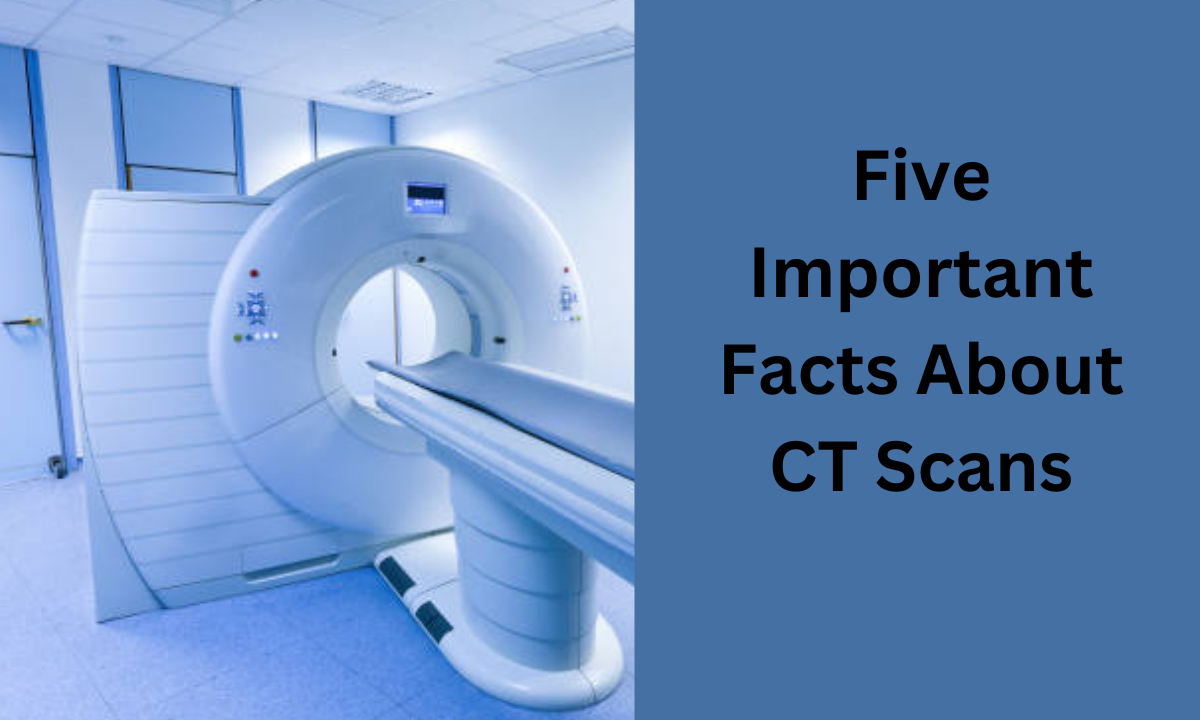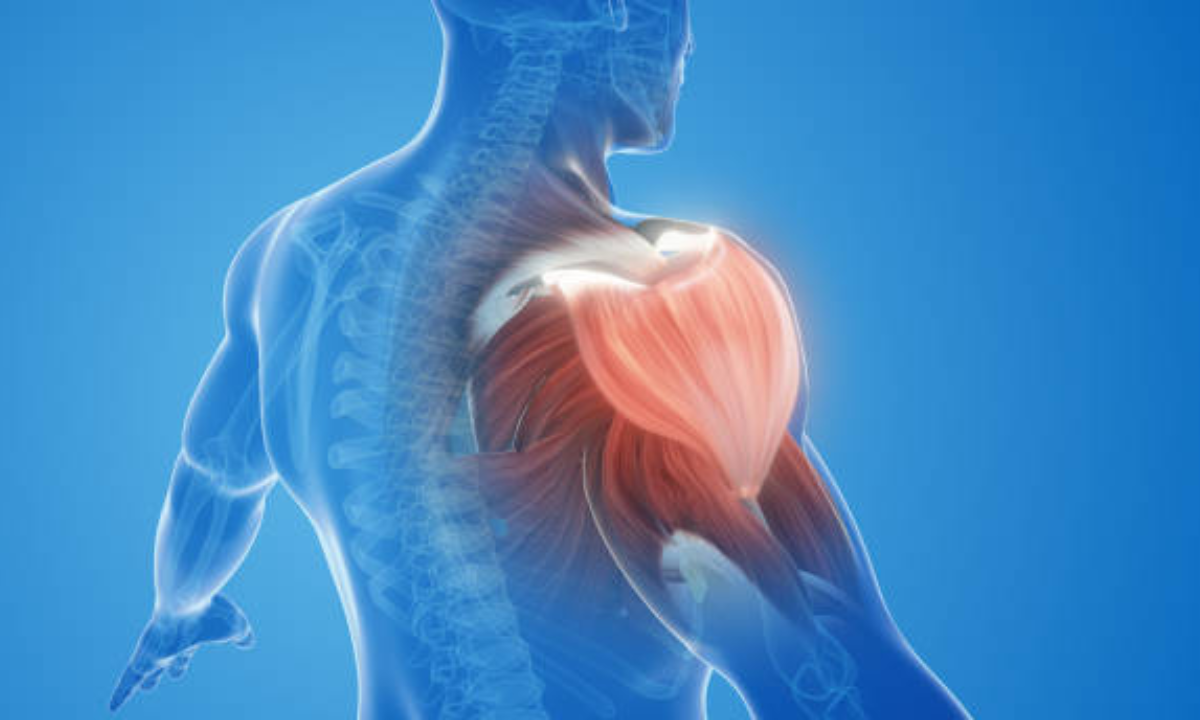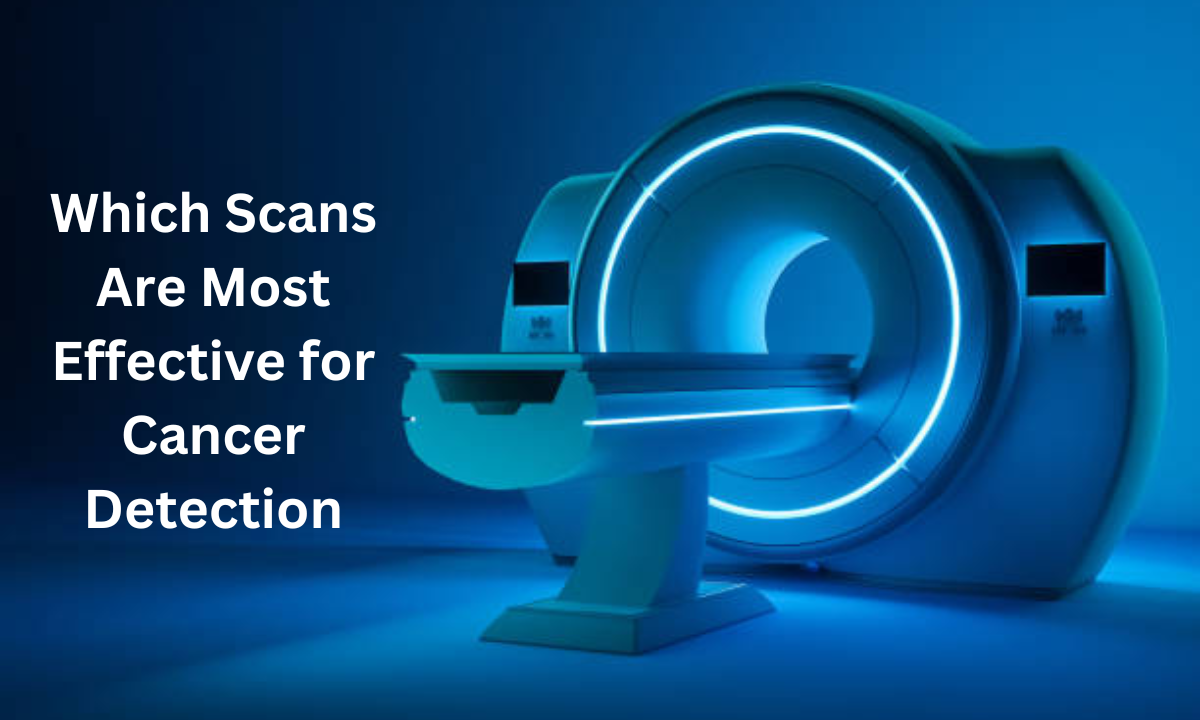Computed tomography (CT) is a commonly used diagnostic imaging technique that provides detailed images of the body. However, CT scans use ionizing radiation which can potentially increase a patient’s lifetime risk of developing cancer.
There has been growing concern over radiation exposure from medical imaging, and ways to decrease dose while maintaining image quality is an active area of research. This article will discuss some of the advanced techniques being developed and used to reduce radiation dose in CT.
Iterative Reconstruction Techniques
One of the most effective methods of lowering dose is through the use of iterative reconstruction (IR) techniques. Conventional CT images are produced using a process called filtered back projection which is based on a single set of projection data.
IR techniques use complex algorithms to correct image noise and artifacts by comparing the acquired projection data to modeled projection data iteratively. This allows the generation of diagnostic quality images using less projection data, and therefore lower radiation dose. Various IR methods and software have been introduced by CT manufacturers.
Early generation IR techniques such as hybrid IR provide dose reductions of 25-50% compared to filtered back projection. The latest model-based IR methods can reduce dose by up to 80%. Studies have found that images reconstructed with IR are diagnostically acceptable compared to standard dose CT.
IR can be used to lower dose for both routine and high resolution CT examinations in all body parts. The main limitation is increased reconstruction time which can be minimized by using accelerated algorithms and parallel computing techniques.
Lowering Tube Voltage
The x-ray tube voltage (kVp) is a major determinant of radiation dose in CT. Lowering the tube voltage from the standard 120 kVp to 80, 70 or 60 kVp can dramatically decrease dose. The main trade-off is that image noise increases at lower voltages. However, IR techniques can compensate for the increased noise. Dose reductions of 30-50% can be achieved by reducing kVp by 10-15% while preserving image quality.
Lower kVp protocols have been widely implemented for routine examinations of the head, neck, chest, abdomen, and extremities in both adults and children. The technique is especially beneficial in smaller patients.
Kilovoltage reduction is also useful in perfusion CT, CTA, and coronary artery calcium scoring at doses comparable to MRI. A limitation is that iodinated contrast enhancement is reduced at lower kVp which can affect visualization of vascular structures. Proper optimization of voltage and IR is required to balance dose reduction with image quality.
Organ-based Tube Current Modulation
Standard CT technique uses a constant tube current (mA) over the entire scan length. Organ-based tube current modulation (TCM) selectively reduces the tube current during the scan to deliver the lowest dose necessary to produce an adequate image in each specific region. The most basic method is angular or z-axis modulation which alters mA along the craniocaudal axis based on body shape and attenuation.
More advanced systems use real-time modulation in both the x-y and z axes based on the local anatomy. For example, the tube current can be lowered significantly when scanning the lower density lungs and increased for the denser liver and pelvis. This strategy provides personalized dose optimization tailored to each patient’s size and body regions. Studies have shown organ-based TCM enables 20-50% dose savings without compromising diagnostic quality. It is widely available on modern CT scanners.
Noise-based Tube Current Selection
An alternative dose optimization approach is to select the tube current based on the desired image noise level rather than standard fixed mA. The radiologist or technologist specifies the acceptable noise for the diagnostic task, and the CT scanner will automatically determine the lowest dose necessary to achieve this target noise.
This strategy has been implemented using different methods including reference image-based, phantom-based, and automatic exposure control techniques.
This noise-driven dose modulation method provides more flexible optimization and greater dose reduction than traditional fixed mA scanning. Noise-based tube current selection is well-suited for IR techniques and can be combined with kVp reduction strategies.
Patient-centered Protocols Based on Clinical Indication
The most effective way to lower CT dose is to match the radiation dose and technique to the specific diagnostic task. Protocols should provide the image quality sufficient to answer the clinical question but avoid excessive dose.
lowest dose protocols should be used for evaluations such as detection of lung nodules or renal stones which require high contrast resolution but not necessarily high spatial resolution. Higher dose protocols with increased spatial resolution are reserved for tasks such as liver lesion characterization.
Pediatric protocols should use child-sized techniques based on weight or body size as children are more radiosensitive. CT technique should be optimized based on body region imaged, clinical indication, and patient body habitus.
Following the as low as reasonably achievable (ALARA) principle to adjust protocols based on the clinical context and individual patient provides the best balance of benefit and risk. Protocols must be continually reviewed and updated as technology evolves to take full advantage of the newest capabilities that permit further dose reductions.
Summing Up
IR methods allow quality images to be obtained from less projection data. Lowering tube voltage is a straightforward way to decrease dose, especially when combined with IR. Tube current modulation tailors the dose profile to the specific patient’s anatomy. Noise-based tube current selection allows the dose to be determined by the desired image quality rather than being fixed.
When combined together and properly optimized, even greater reductions are possible while maintaining diagnostic image quality. Dose reducing techniques increase scan times and complexity. Proper training of radiologists and technologists is required to gain expertise in protocol optimization, particularly combining kVp and mA modulation with IR.
These advanced techniques for reducing radiation dose from CT scans are widely used at leading diagnostic imaging centers in Bangalore. Centers such as Popular Diagnostic Centre Bangalore and Kiran Nuclear Medicine PET/CT Centre routinely utilize iterative reconstruction, low kVp protocols, tube current modulation and other dose reduction methods on their CT scanners.
With trained radiologists and medical physicists optimizing their scanner technology, diagnostic centers in Bangalore are able to take full advantage of the latest dose-lowering capabilities of advanced CT systems. This ensures patients referred for CT scans Bangalore receive the minimum necessary radiation dose to produce images adequate for their clinical situation.






